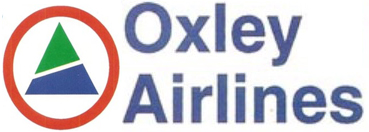Crash of a Piper PA-31-350 Navajo Chieftain in Sparks
Date & Time:
Aug 15, 1985 at 2247 LT
Registration:
N27476
Survivors:
Yes
Schedule:
Ely - Reno
MSN:
31-7852022
YOM:
1978
Crew on board:
1
Crew fatalities:
Pax on board:
2
Pax fatalities:
Other fatalities:
Total fatalities:
0
Captain / Total hours on type:
105.00
Aircraft flight hours:
1926
Circumstances:
The aircraft exhausted fuel enroute to destination during cross country night flight. The pilot advised ATC of loss of engines about 20 miles out. The pilot made deadstick landing on highway, struck bridge divider. No fire or reported injuries. Inspection disclosed dry fuel tanks.
Probable cause:
Occurrence #1: loss of engine power (total) - nonmechanical
Phase of operation: cruise
Findings
1. (c) aircraft preflight - inadequate - pilot in command
2. (f) fuel supply - misjudged - pilot in command
----------
Occurrence #2: forced landing
Phase of operation: landing
----------
Occurrence #3: in flight collision with terrain/water
Phase of operation: landing - flare/touchdown
Phase of operation: cruise
Findings
1. (c) aircraft preflight - inadequate - pilot in command
2. (f) fuel supply - misjudged - pilot in command
----------
Occurrence #2: forced landing
Phase of operation: landing
----------
Occurrence #3: in flight collision with terrain/water
Phase of operation: landing - flare/touchdown
Final Report:








